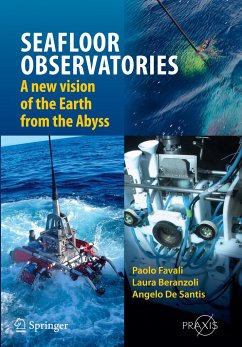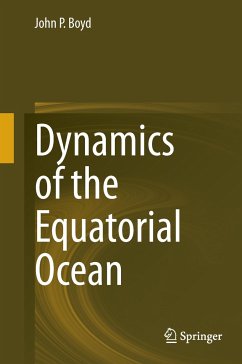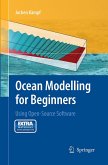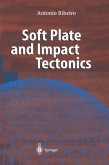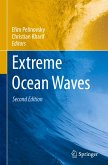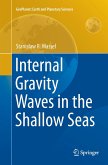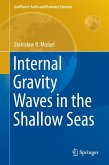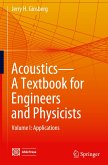The oceans cover 70% of the terrestrial surface, and exert a pervasive influence on the Earth's environment but their nature is poorly recognized. Knowing the ocean's role deeply and understanding the complex, physical, biological, chemical and geological systems operating within it represent a major challenge to scientists today. Seafloor observatories offer scientists new opportunites to study multiple, interrelated natural phenomena over time scales ranging from seconds to decades, from episodic to global and long-term processes.
Seafloor Observatories poses the important and apparently simple question, "How can continuous and reliable monitoring at the seafloor by means of Seafloor Observatories extend exploration and improve knowledge of our planet?" The book leads the reader through:
the present scientific challenges to be addressed with seafloor observatoriesthe technical solutions for their architecturean excursus on worldwide ongoing projects and programmessome relevant scientific multidisciplinary resultsanda presentation of new and interesting long-term perspectives for the coming years.
Current results will yield significant improvements and exert a strong impact not only on our present knowledge of our planet but also on human evolution.
Seafloor Observatories poses the important and apparently simple question, "How can continuous and reliable monitoring at the seafloor by means of Seafloor Observatories extend exploration and improve knowledge of our planet?" The book leads the reader through:
the present scientific challenges to be addressed with seafloor observatoriesthe technical solutions for their architecturean excursus on worldwide ongoing projects and programmessome relevant scientific multidisciplinary resultsanda presentation of new and interesting long-term perspectives for the coming years.
Current results will yield significant improvements and exert a strong impact not only on our present knowledge of our planet but also on human evolution.

